Las Camelias Peace Community
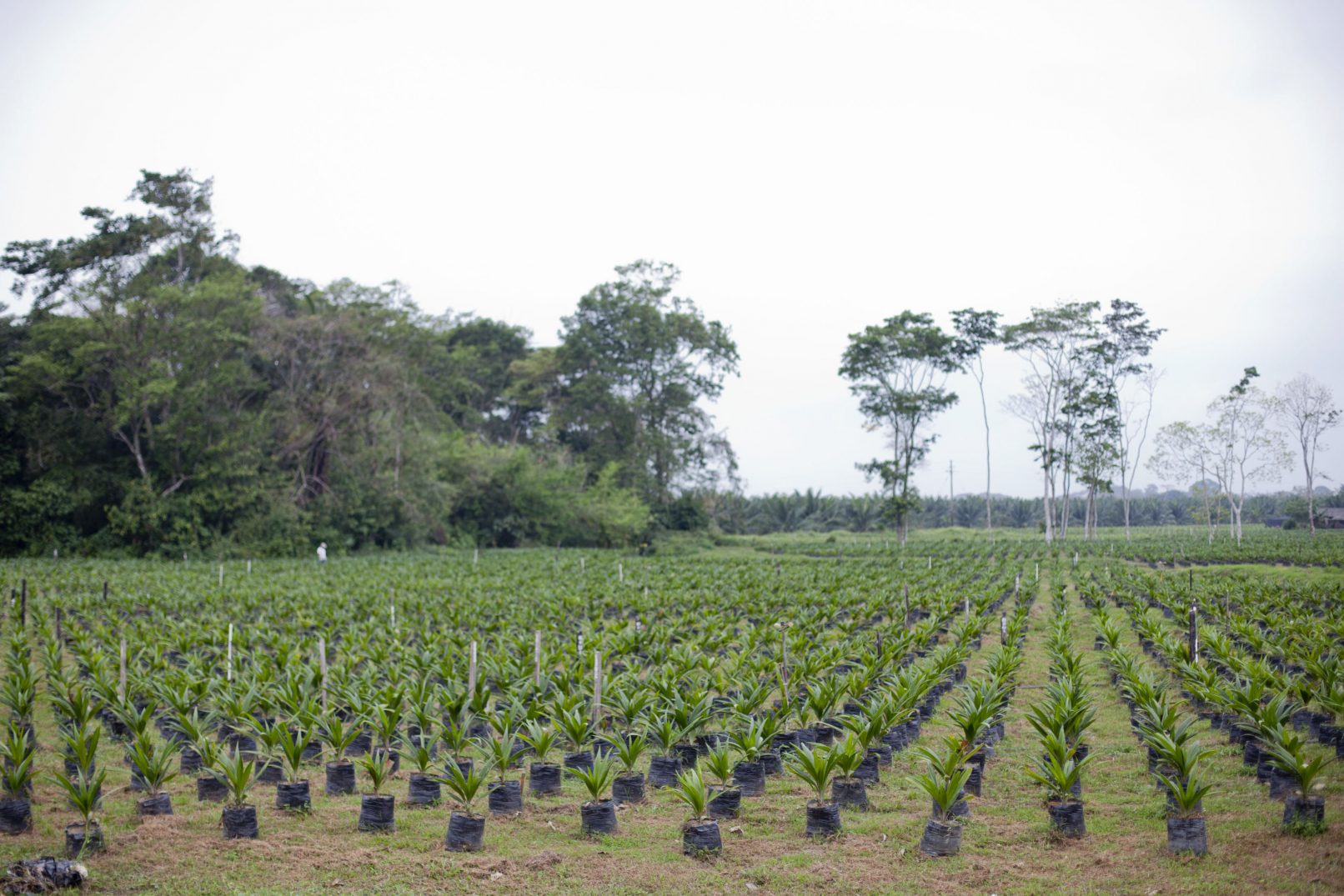
African palm grown extensively in the Choco region of Colombia. Palm oil is extracted from African palm which is used as biofuel as well as in the cosmetics and food industries. Palm oil businessmen have been responsible along with the Colombian military and paramilitary groups of forcibly evicting communities from their homes. The Inter-Church Commission for Justice and Peace helps communities so their lands are returned by providing legal and political assistance.
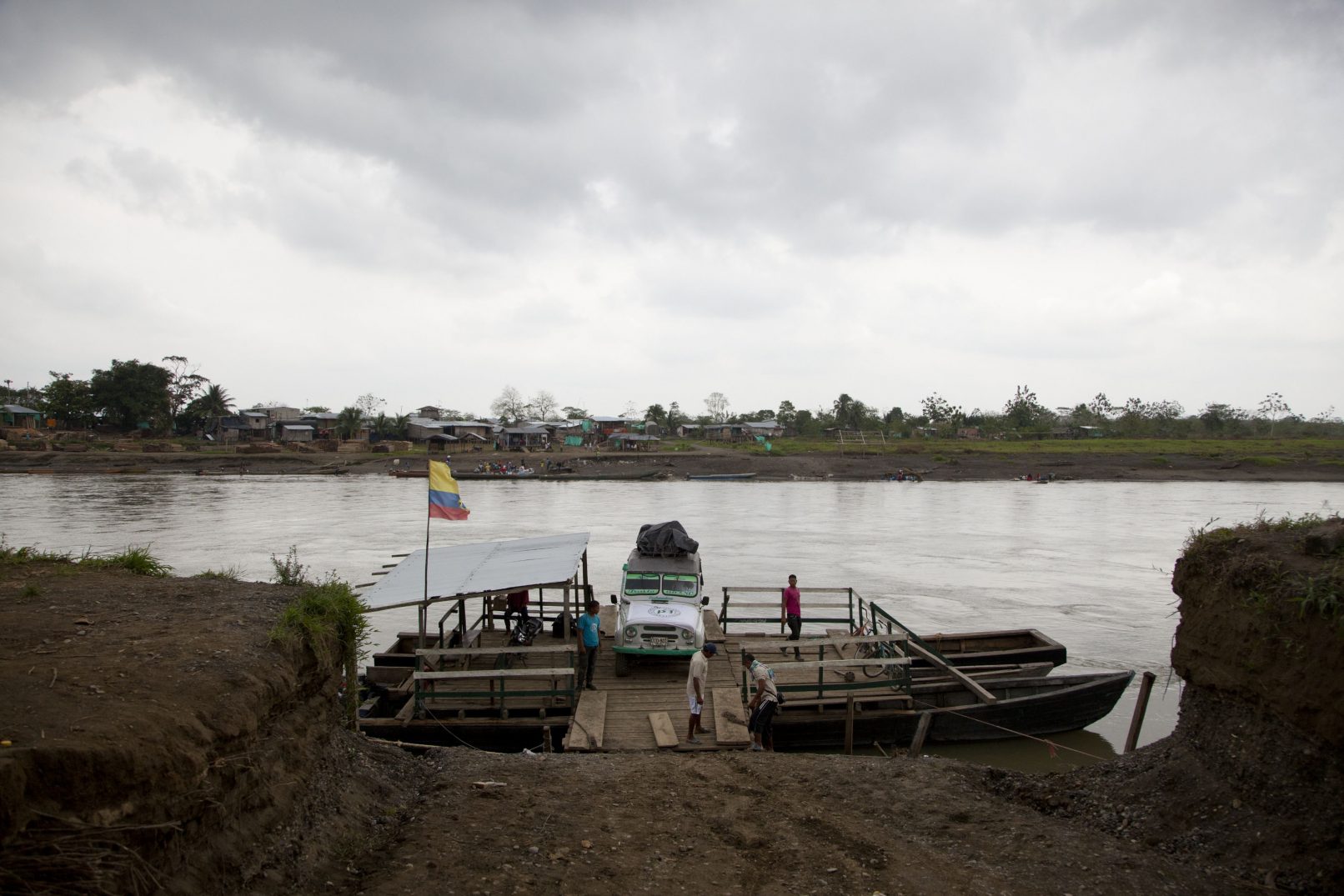
River crossing from the town of Brisas to Las Camelias humanitarian zone in Curbarado, Colombia. In 1996-7 a massacre took place in the town of Brisas causing terror amongst the population, many who fled in fear.
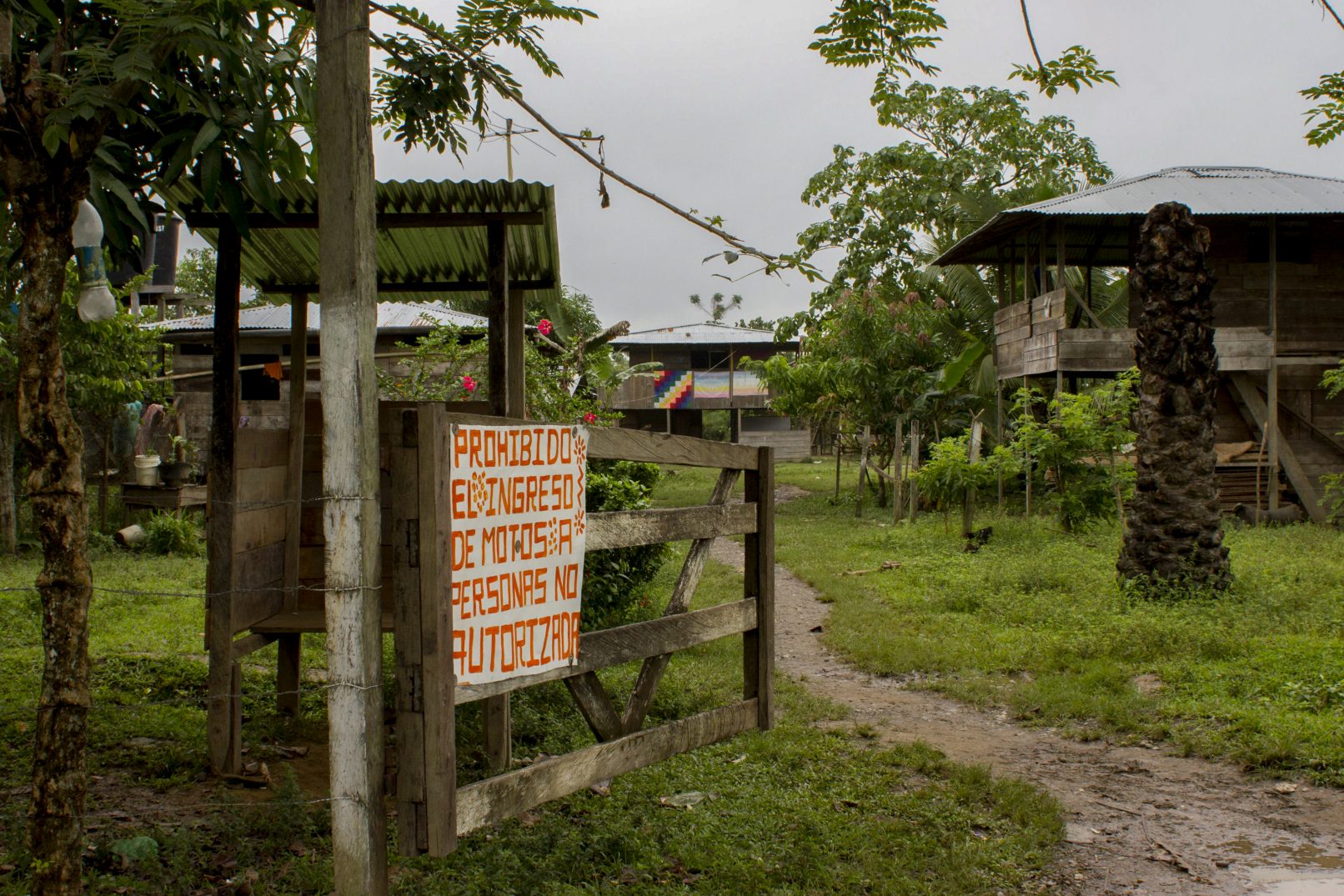
A sign that reads: 'Forbidden entry to unauthorized people' at the gate of the humanitarian zone Las Camelias in Curbarado, Colombia. Humanitarian zones offer protection to civilians living in conflict areas and are recognised by the Inter-American Court of Human Rights.
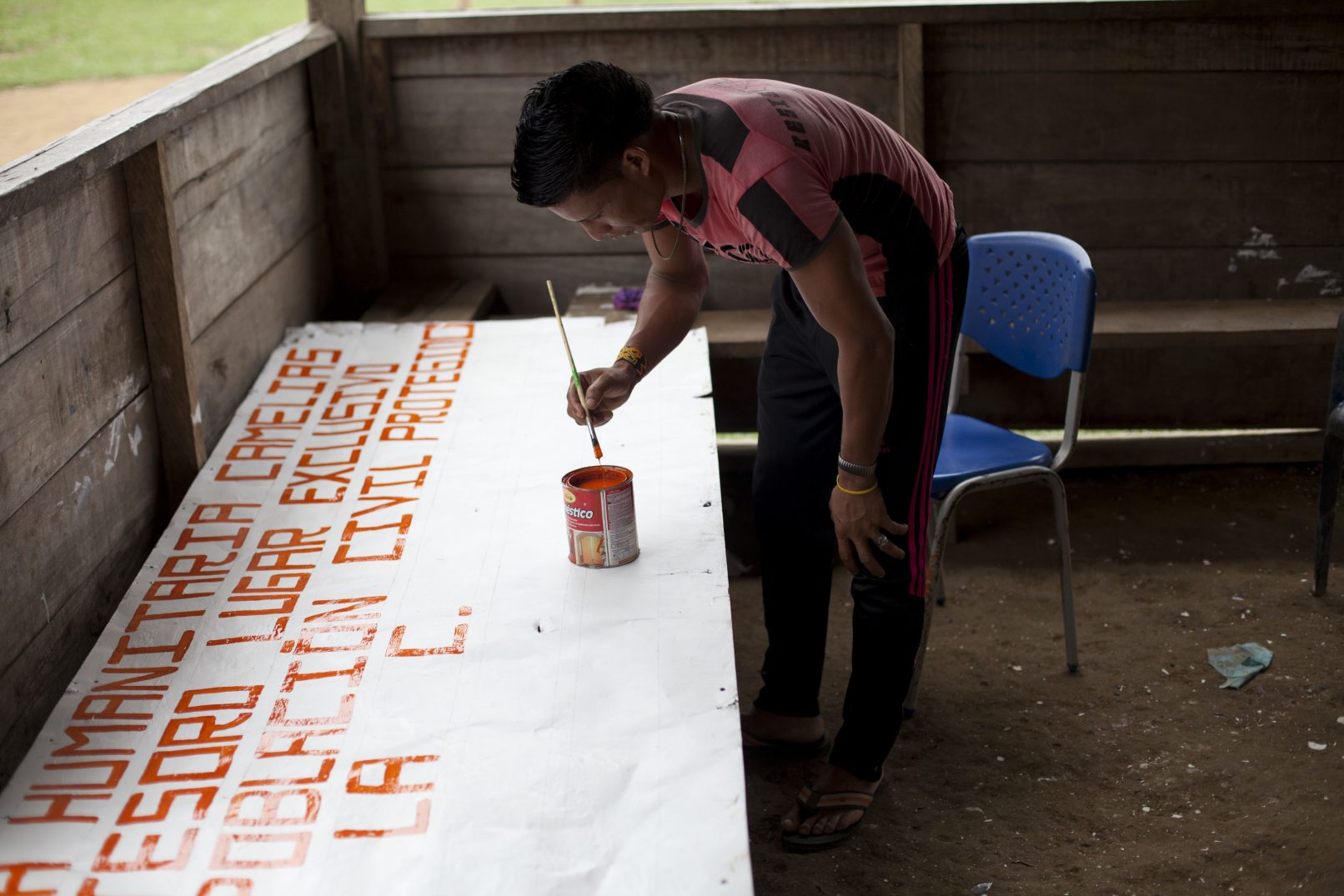
Enuar Martinez (25) paints a sign to demarcate the humanitarian zone where he lives. The humanitarian zone is a place offering protection to people living in areas of conflict, which is recognised by the Inter American Court of Human Rights. He arrived here with his family after being forcibly displaced from their land. He is one of the leaders of the Youth Group in his community. He is a composer and singer of rap songs with lyrics that talk about the conflict. The role of the youth group is to preserve Afro-Colombian customs and culture and give visibility to the zone.

Edile Beite Chaverra (9). For a 9-year old, Edile knows far too much about violence. His Dad was killed when he was little and his drawings reflect his biggest fears: that his community is attacked by armed groups. He lives in a humanitarian zone, a place where he feels safe. He is the grandson of Maria Ligia Chaverra who at 73 continues to fight for land to be returned to her community.

Edile Beite Chaverra (9). For a 9-year old, Edile knows far too much about violence. His Dad was killed when he was little and his drawings reflect his biggest fears: that his community is attacked by armed groups. He lives in a humanitarian zone, a place where he feels safe. He is the grandson of Maria Ligia Chaverra who at 73 continues to fight for land to be returned to her community.
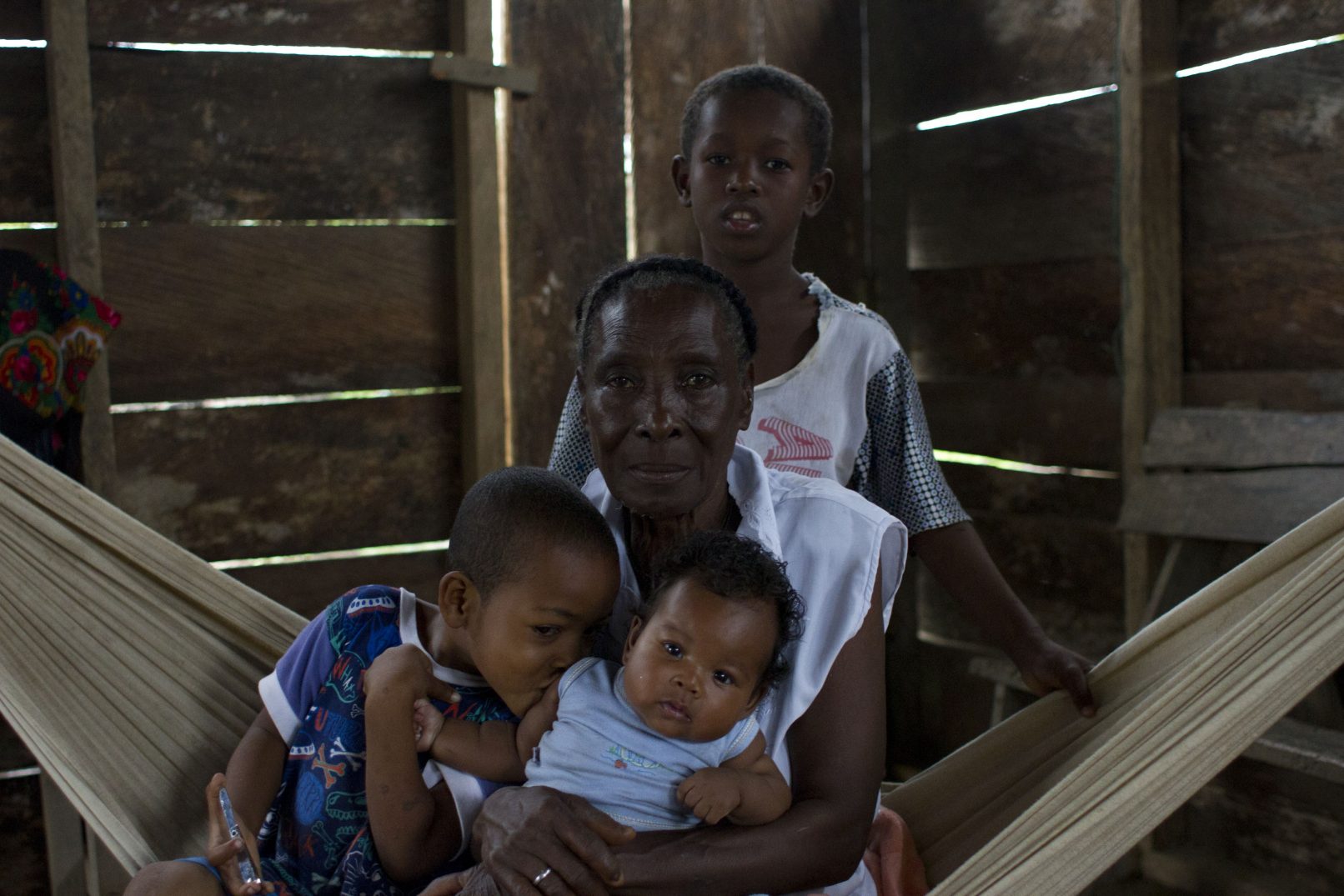
Maria Ligia Chaverra (73) sits with her grandchildren: Brenda Luz (baby), Edile (9) (behind). Afro-Colombians have been some of the most affected people by the violence in Colombia. Maria Ligia Chaverra (73) has been violently displaced several times. Now, she lives in a humanitarian zone and is a leader in her community. With support from CIJP, she has travelled overseas to the Inter American Court of Human Rights to put pressure on the Colombian Government to return the land taken from her and her community by palm oil companies.
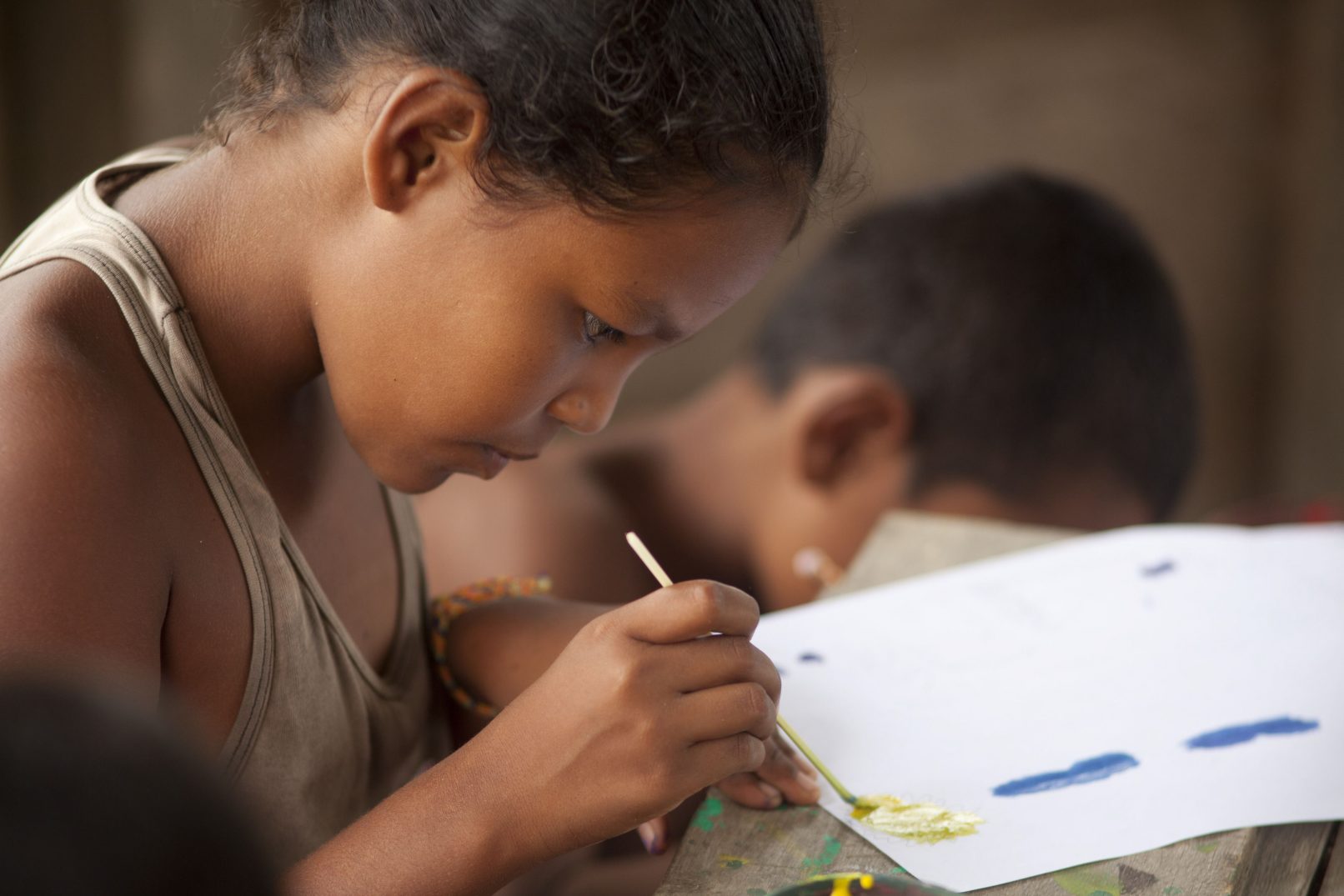
Children draw pictures in the classroom in Las Camelias humanitarian zone in Curbarado, Colombia. Many children living here have lost parents or relatives. Many have been born in the humanitarian zone or arrived here after their parents/grandparents were displaced violently from their land by the Army and the paramilitary. The Inter-Church Commission for Justice and Peace (CIJP) accompany communities to affirm their rights in areas of conflict. It provides psychological support to victims of armed conflict, legal support so victims can get justice and workshops to educate people about their rights. A CIJP teacher lives in this humanitarian zone and organises activities for children and young people.
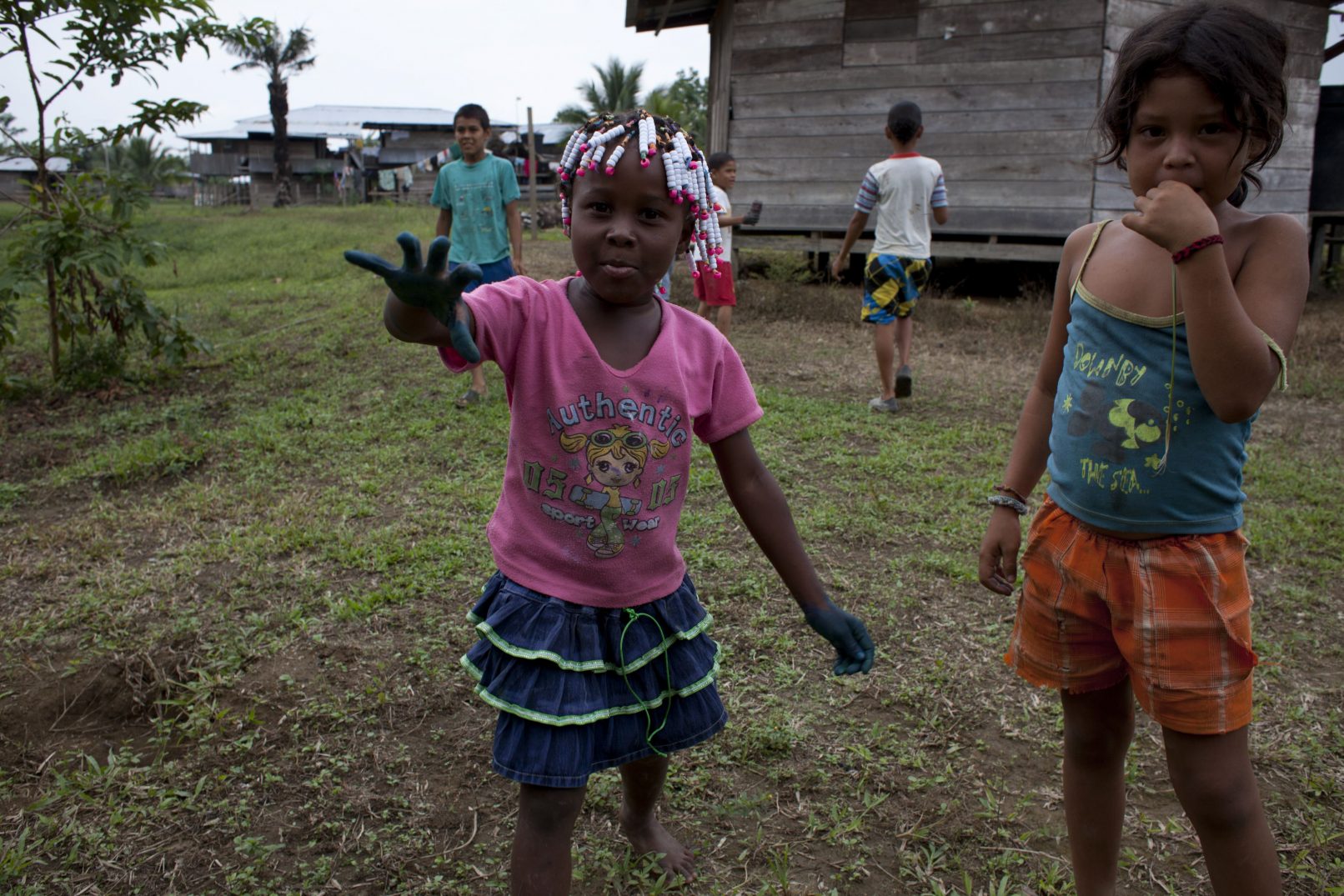
Children in Las Camelias humanitarian zone in Curbarado, Colombia. Many children living here have lost parents or relatives. Many have been born in the humanitarian zone or arrived here after their parents/grandparents were displaced violently from their land by the Army and the paramilitary. The Inter-Church Commission for Justice and Peace (CIJP) accompany communities to affirm their rights in areas of conflict. It provides psychological support to victims of armed conflict, legal support so victims can get justice and workshops to educate people about their rights. A CIJP teacher lives in this humanitarian zone and organises activities for children and young people.
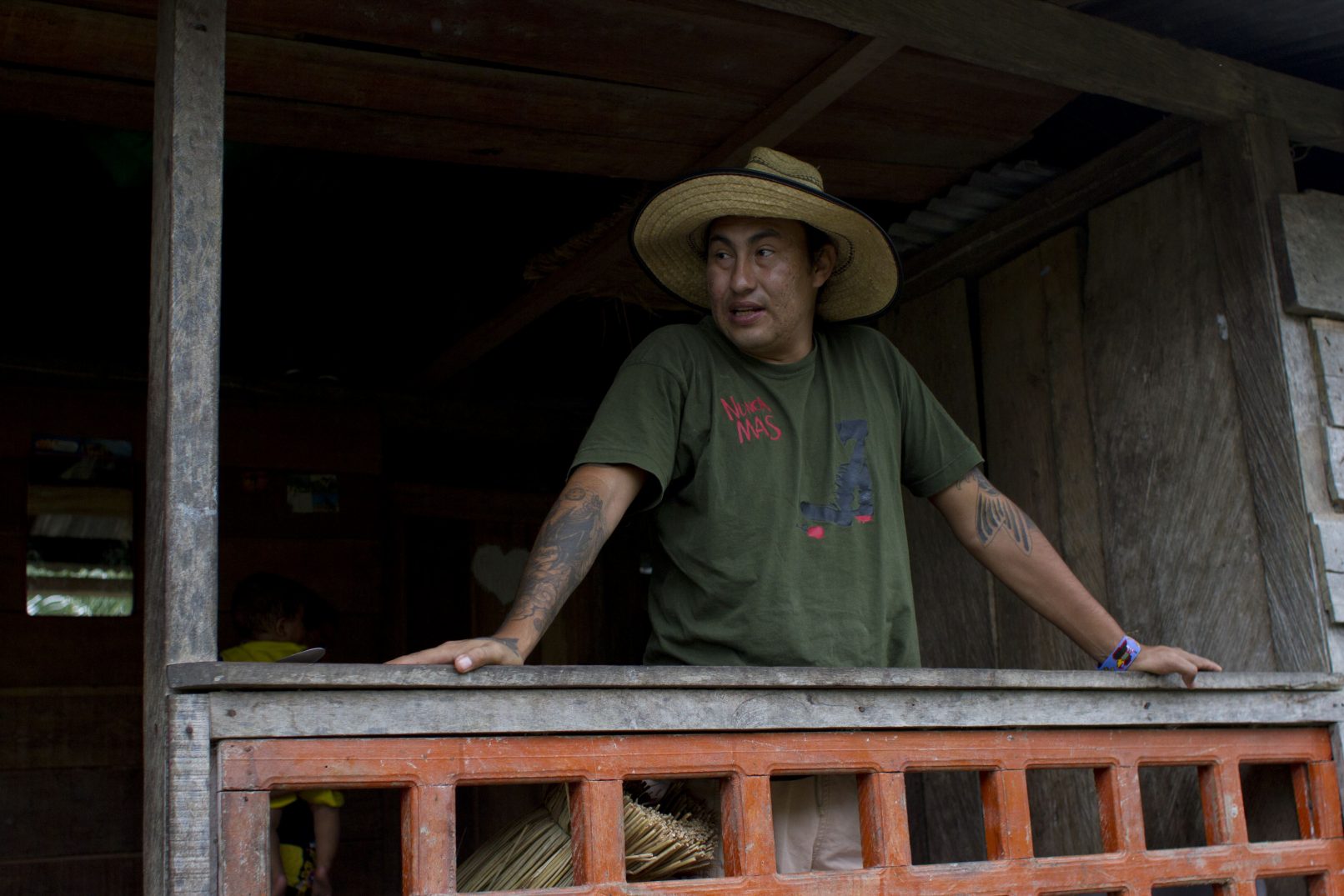
Fabio Ariza lives with the community of Las Camelias in the humanitarian zone in Curbarado, Colombia. He has spent many years working with them so is now considered as part of the family. His role with CIJP is to accompany and train the community about human rights, gender and the law. He also monitors the situation within the zone. In the event of human rights violation, he alerts his team and together with international organisations they put pressure to the Colombian government and demand action to be taken.
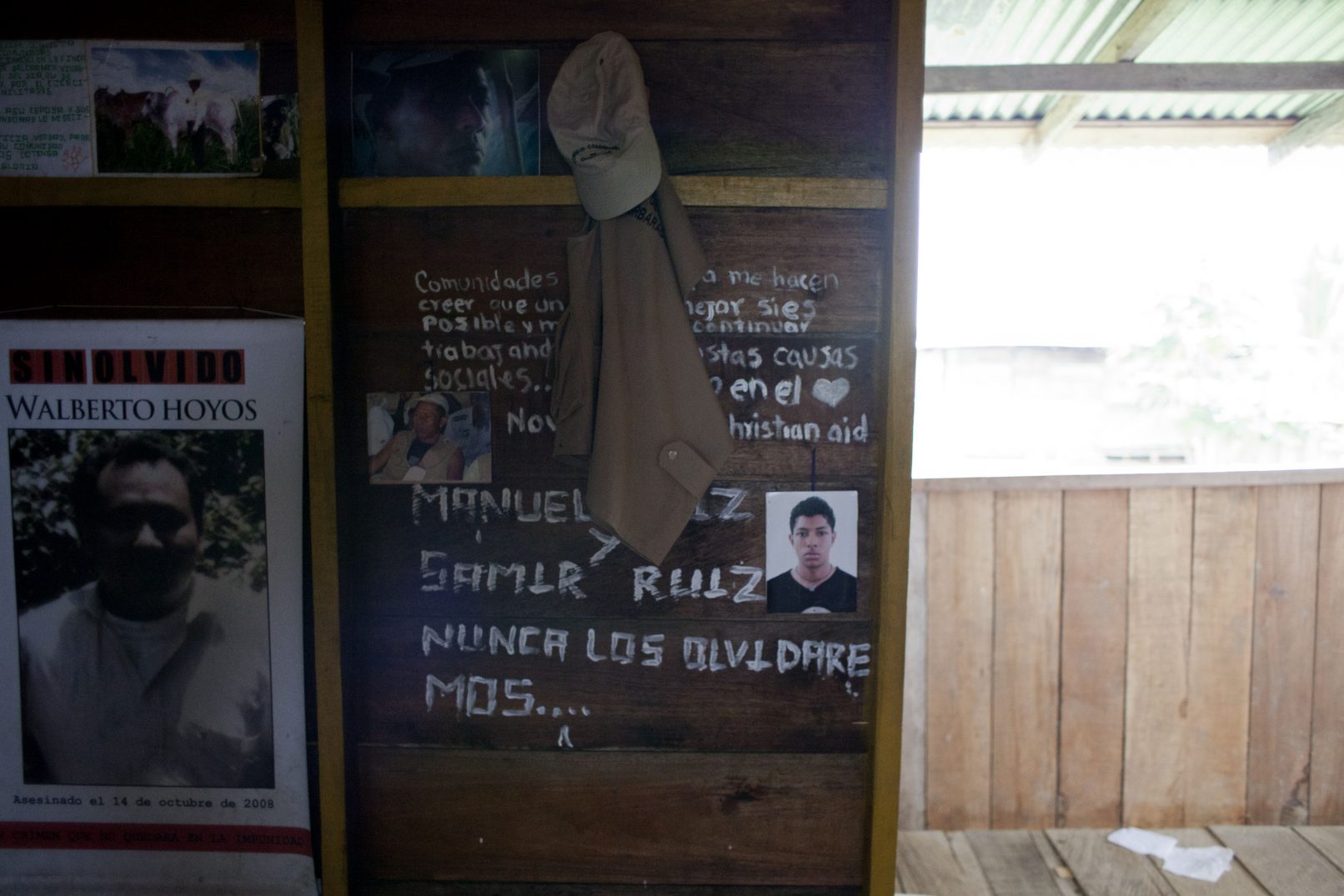
The House of Memory in Las Camelias Humanitarian zone. The House of Memory preserves the memory of those who have been killed and contains a display of ancestral seeds put together by young people
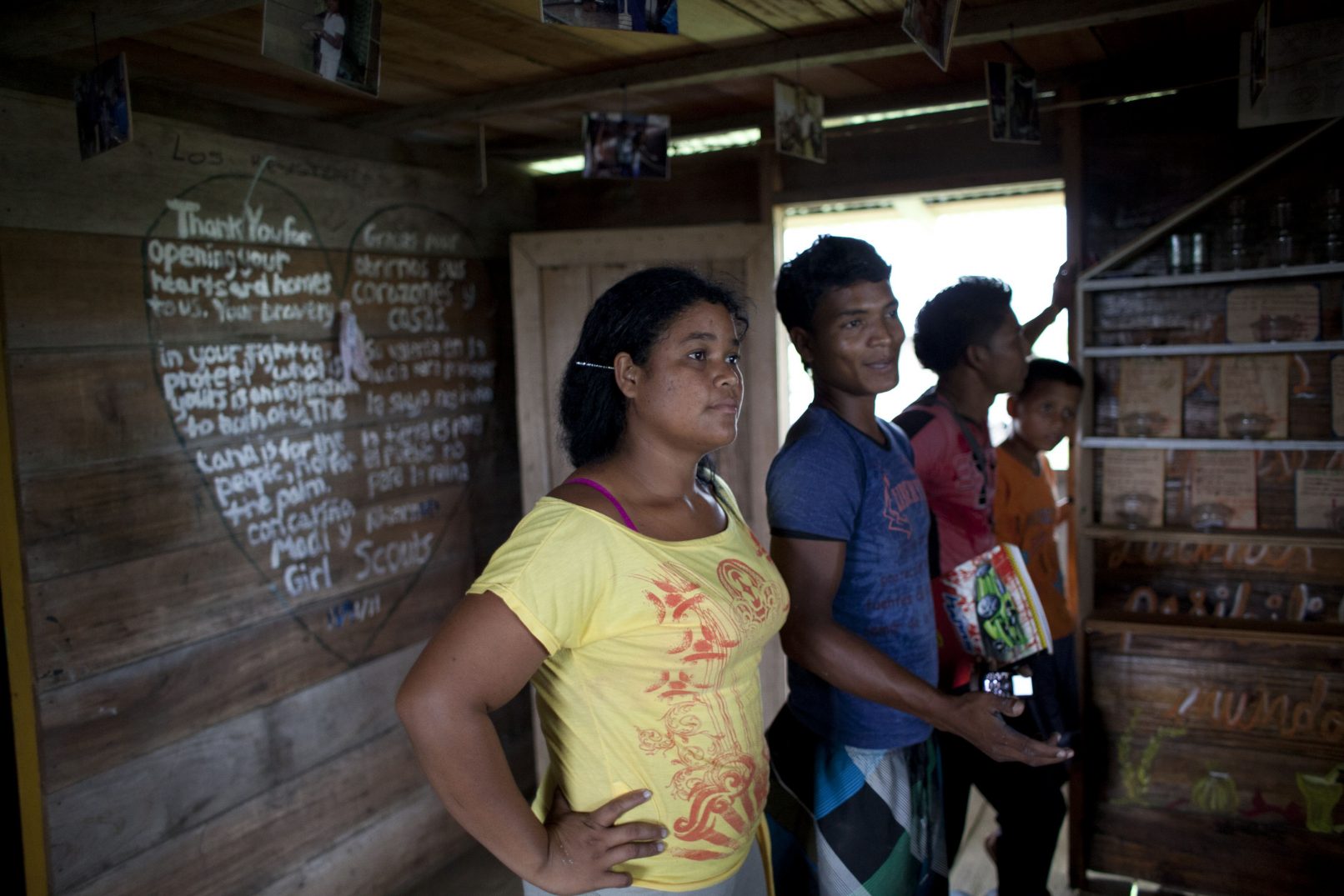
Young people at the House of Memory in Las Camelias Humanitarian zone. Young people arrived here with their families after being forcibly displaced from their lands. They are members of the Youth Group and their role is to preserve Afro-Colombian customs and culture and give visibility to the zone. The Inter-Church Commission for Justice and Peace (CIJP) workshops have given young people here, knowledge about the rights of their community and the support to continue to fight for their land. The House of Memory preserves the memory of those who have been killed and contains a display of ancestral seeds put together by the young people.
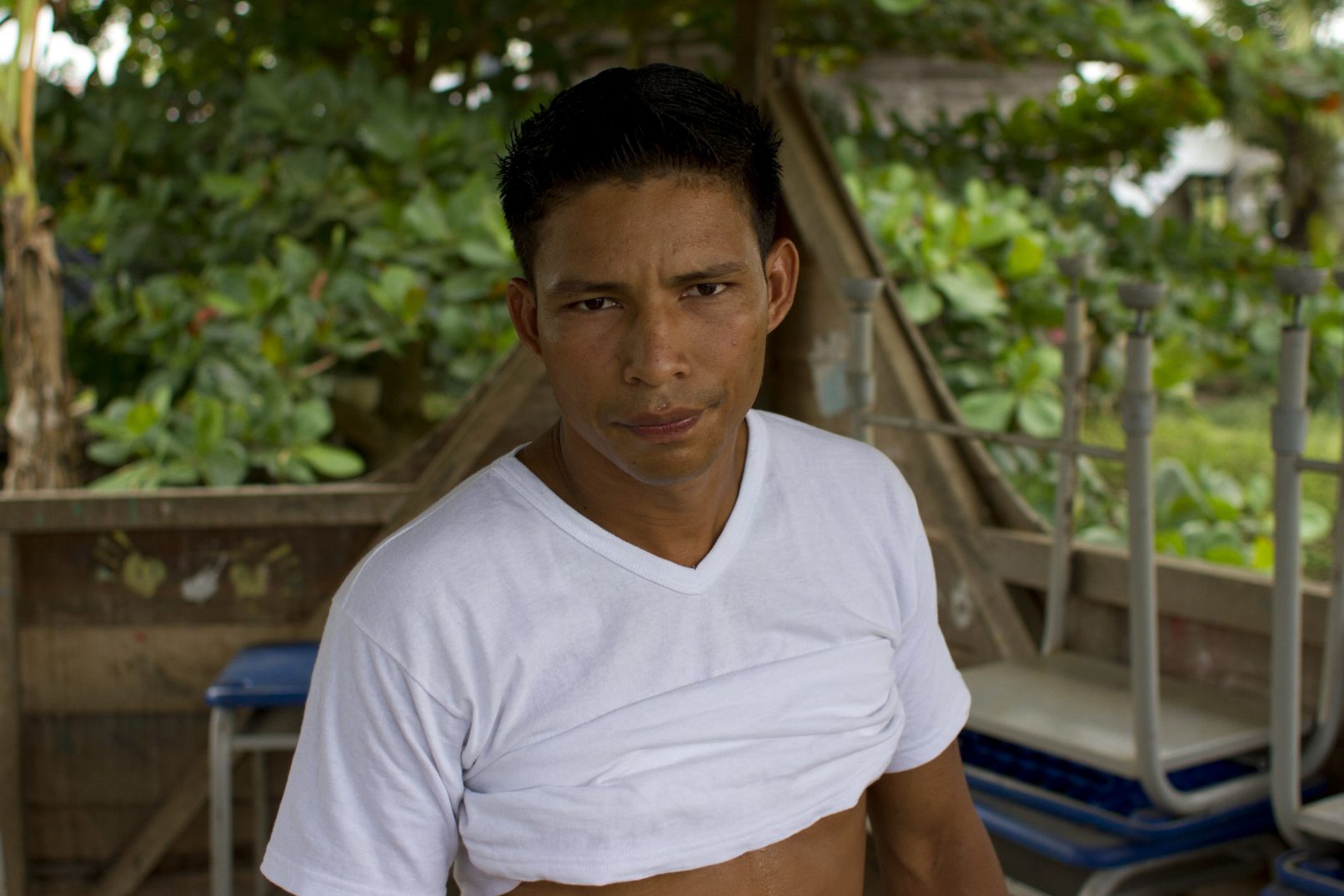
Enuar Martinez (25) lives in Las Camelias Humanitarian zone, a place offering protection to people living in areas of conflict, which is recognised by the Inter American Court of Human Rights. He arrived here with his family after being forcibly displaced from their land. He is one of the leaders of the Youth Group in his community. He is a composer and singer of rap songs with lyrics that talk about the conflict. The role of the youth group is to preserve Afro-Colombian customs and culture and give visibility to the zone. Our partner CIJPs workshops have given young people like Enuar, knowledge about the rights of his community and the support to continue to fight for their land.
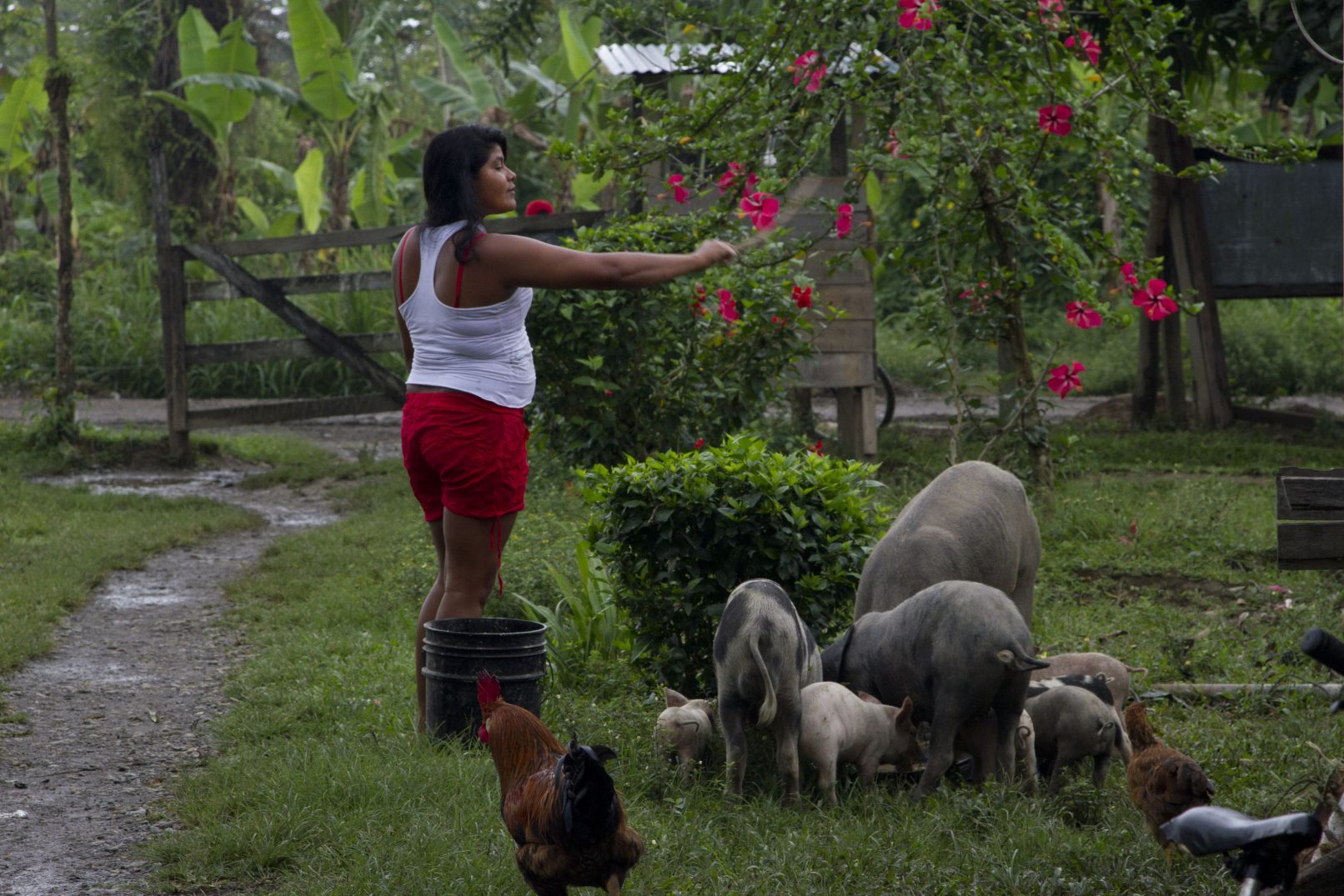
Liliana Turbequia (25) lives in Las Camelias humanitarian zone in Curbarado, Colombia. Her Dad was killed when she was nine. The humanitarian zones offer protection to people living in conflict zones. Liliana feels safe here. She is the leader of the Youth Group in her community. Their role is to preserve Afro-Colombian customs and culture and give visibility to the zone. The Inter-Church Commision for Justice and Peace (CIJP) workshops have given her knowledge about the rights of her community and the support to continue to fight for their land.
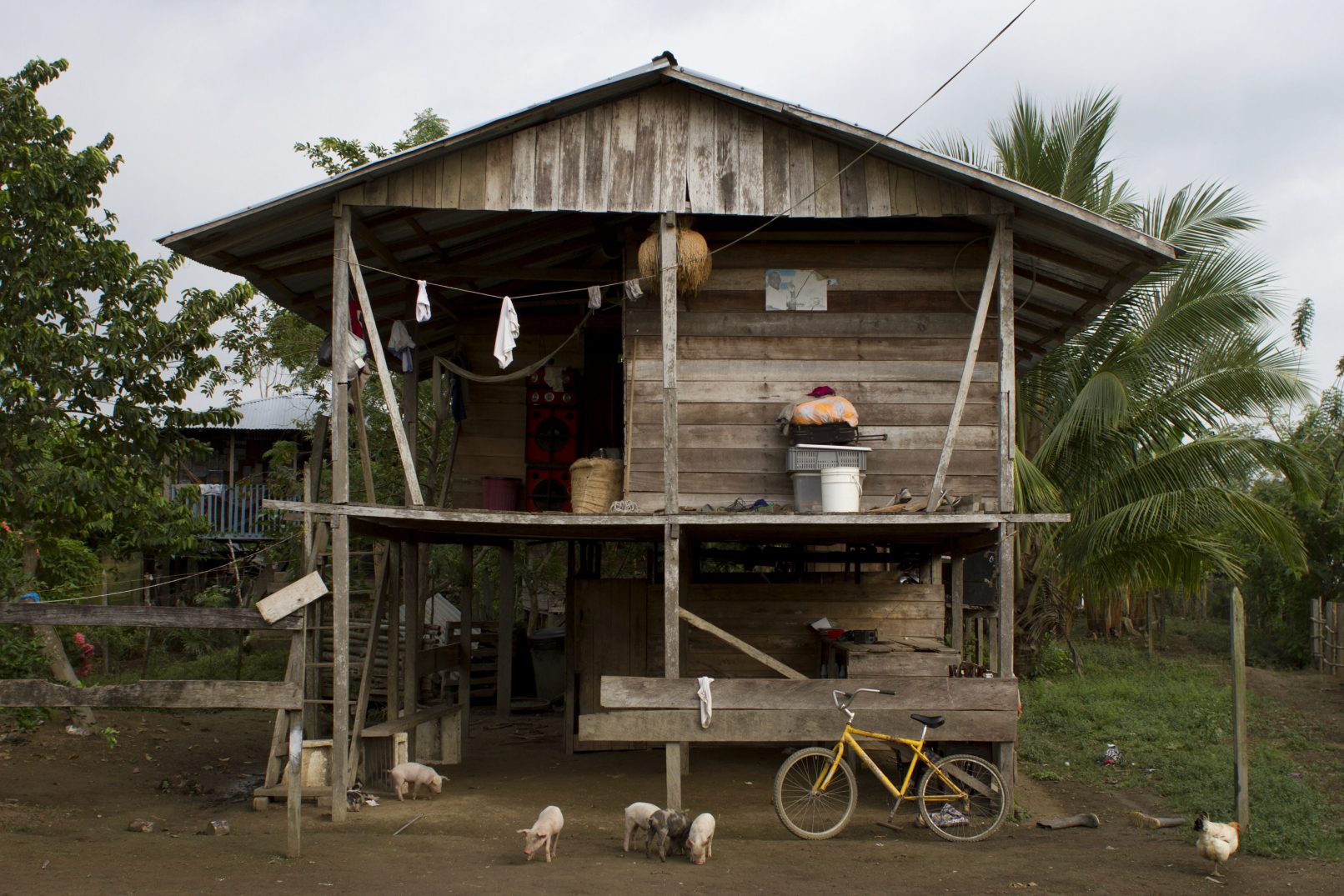
A wooden house in Las Camelias Humanitarian zone. A humanitarian zone is an area recognised by the Inter-American Court of Human Rights offering protection to families displaced by the conflict. The first families arrived in Las Camelias in 2006 and started to live here in plastic huts. Today these communities are living in wooden houses, each with compost toilets and the families received support for a rice mill and kitchen gardens. This EU funded project has benefitted over 400 displaced families in 5 communities like this one.
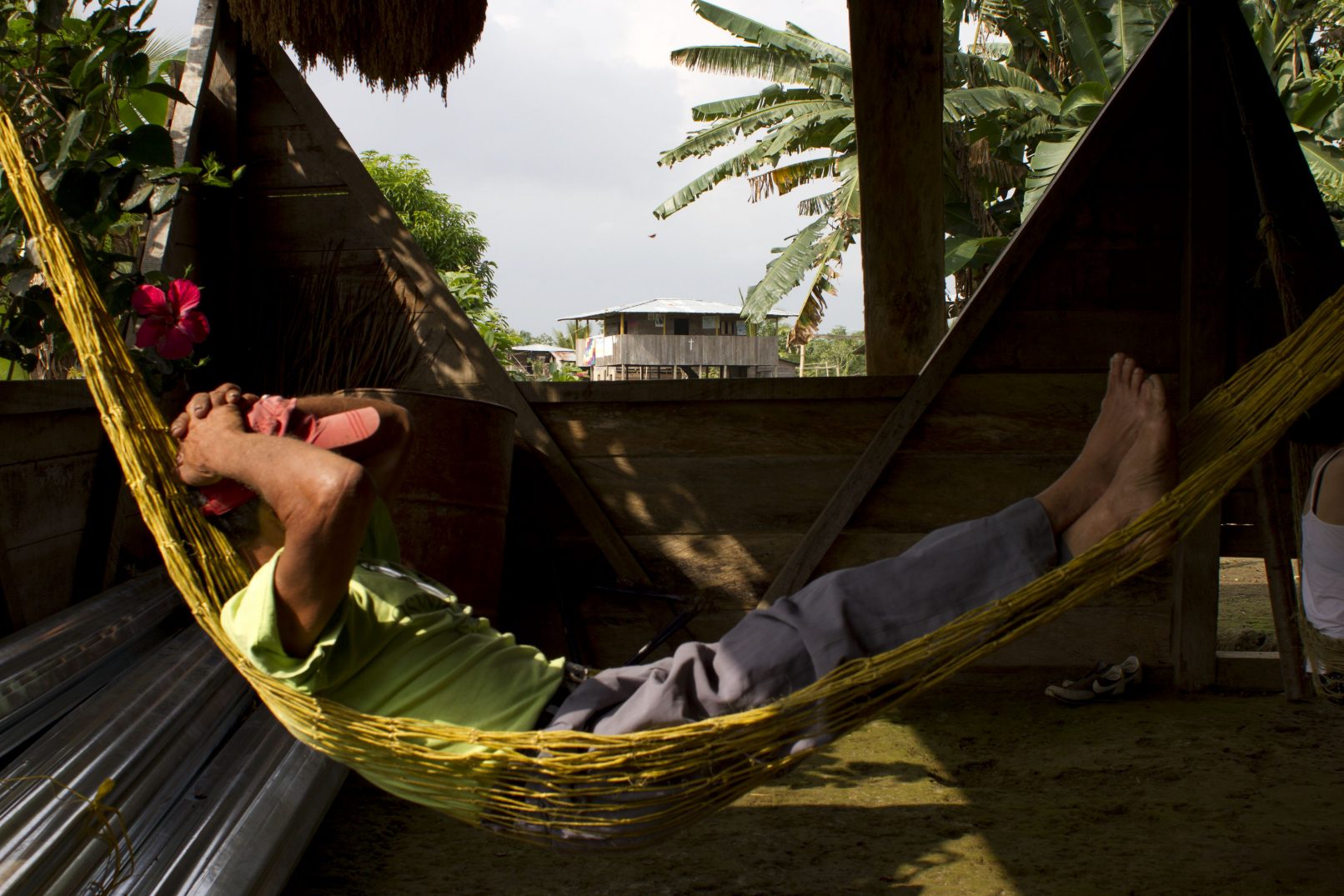
Mariano Martinez is the father of Enuar Martinez (25) a young leader from Las Camelias humanitarian zone. The communities are living in wooden houses, each with compost toilets and the families received support for a rice mill and kitchen gardens. This EU funded project has benefitted over 400 displaced families in 5 communities like this one.
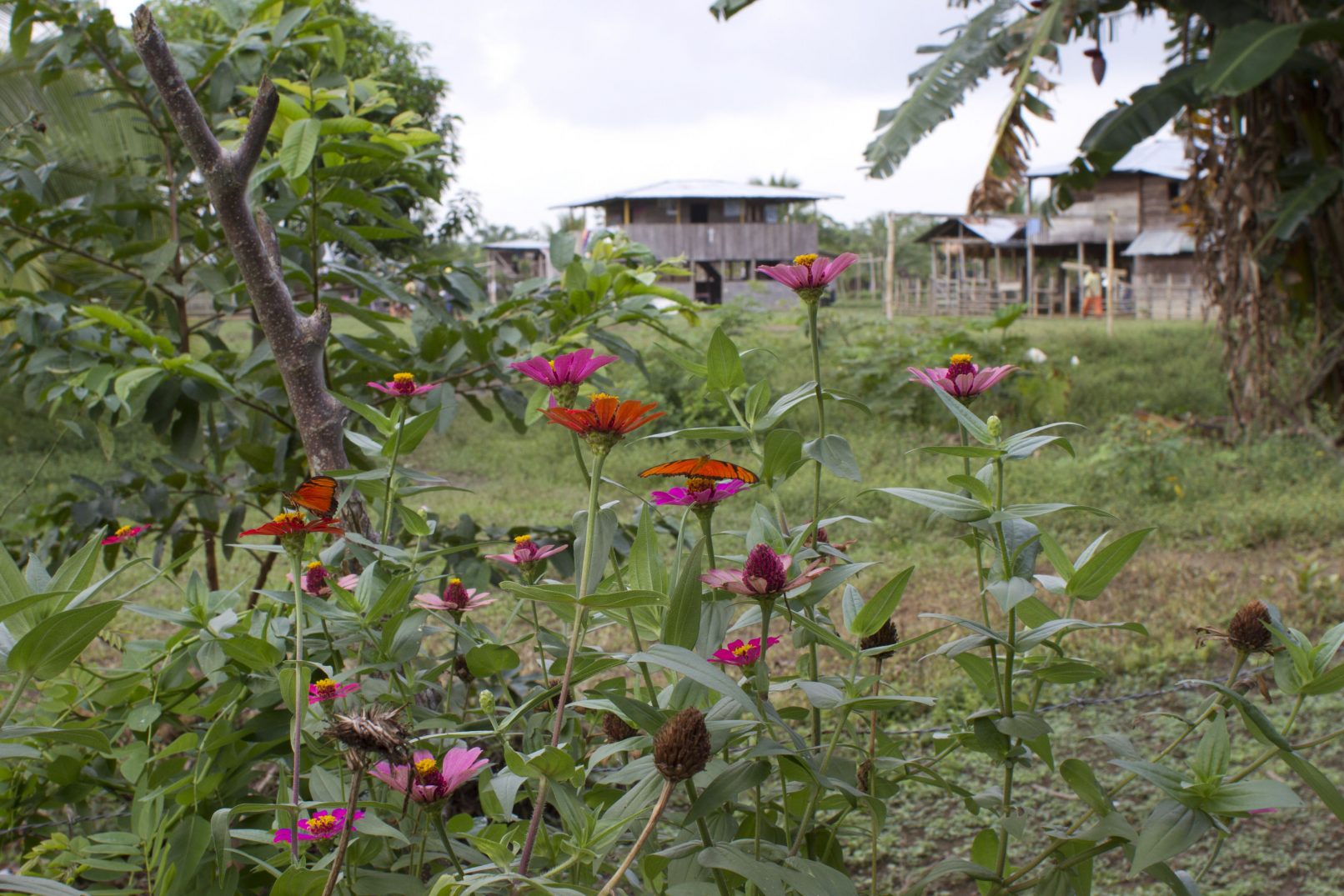
Life is peaceful at the humanitarian zone Las Camelias. The humanitarian zones offer protection to people living in conflict zones. They are recognised by the Inter American Court of Human Rights and no armed actors nor weapons are allowed. Justice and Peace helped to set up the zone allowing displaced people to return to a place of safety.
